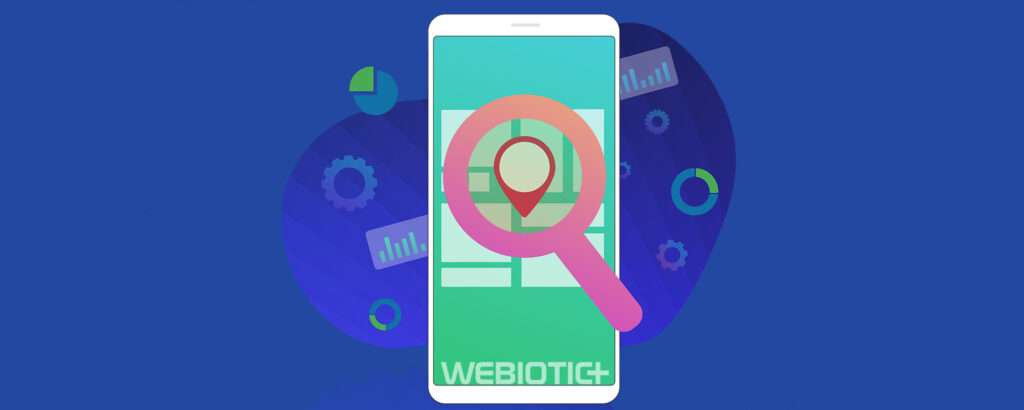
Creating a top-notch app that delivers valuable content and services to users is simply not enough.
There’s too much competition—the mobile app market is incredibly saturated.
So how do app developers manage to get their app to stand out from the competition?
Well, there are many factors that ultimately play into an app’s success, including having a marketing strategy in place, but app store optimization (ASO) is key.
Optimizing your app listing in app stores plays a huge role in how well users find your app.
In this guide, we’ll cover everything you need to know about Google Play app store optimization so your app can rank high in search algorithms.
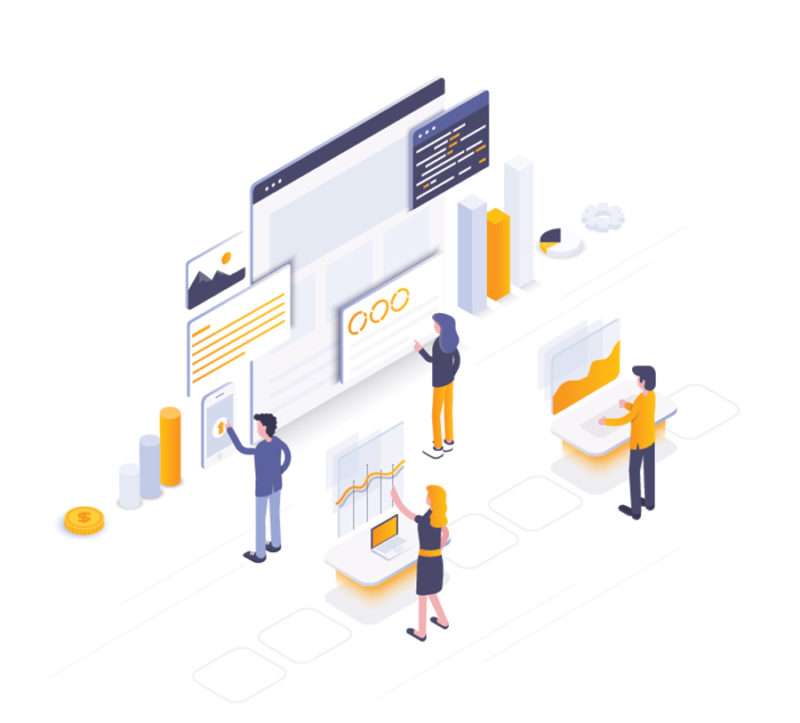
Table of Contents
- The Biggest Aspects of App Store Optimization
- App Title/Name
- Description
- Leveraging User Ratings and Feedback
- Other Important Aspects of ASO
- Harnessing Social Media and Influencer Marketing
- Using Retention Rates to Your Advantage
- ASO Increases Through User Engagement
- Google Play Store vs Apple App Store
- Apple Store Gets More Sales
- Google Play Store Has More Growth
- Apple App Store has Higher Quality Apps
- Google Play Store Has More Apps and More Free Apps
When looking at App Store optimization, we want to identify what some of the biggest ranking factors of ASO are.
Some are simple and straight-forward, but others are a little more complex.
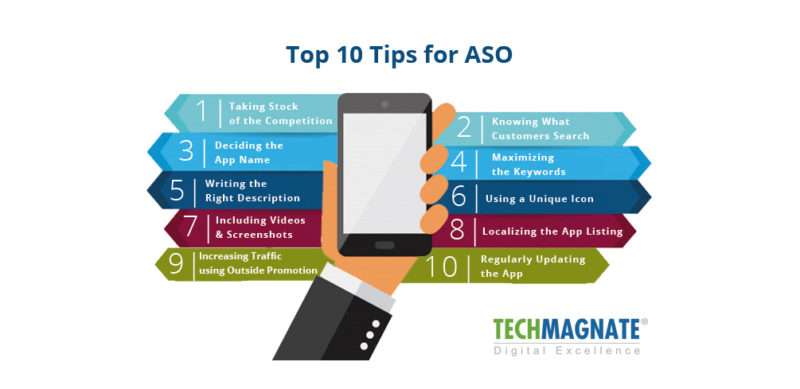
1.1 App Title/Name
The app title or name in the Google Play Store is key to making sure your app is noticeable and popular.
You should put a lot of time into what you’re going to name your app, after all, it’s the way people are going to remember it easiest, besides a very noticeable icon/art, of course.
Make sure that your name has enough characters to fit: Google Play store gives you 50, so make them count.
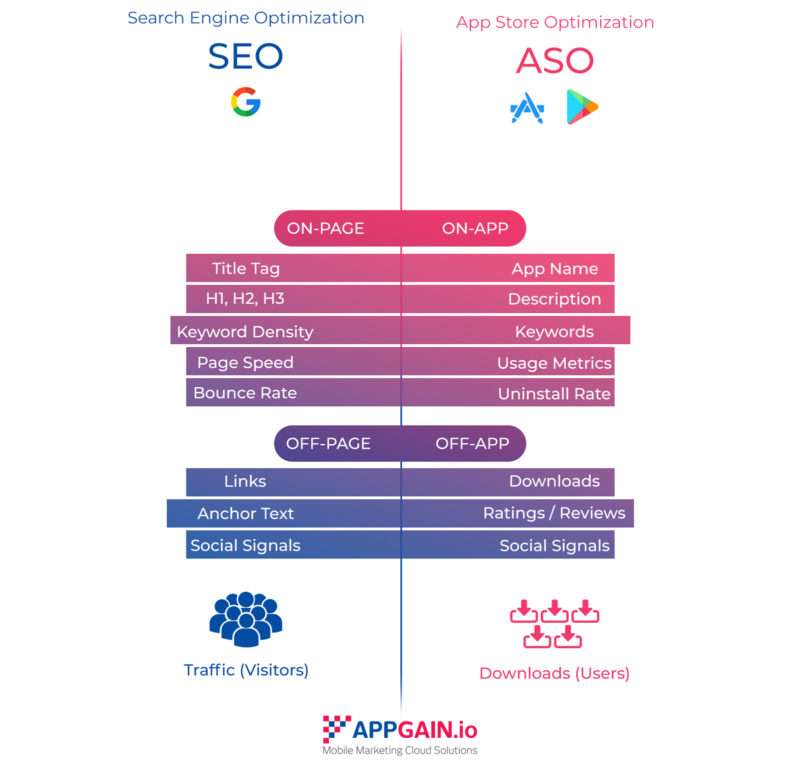
Is the name too long?
If so, think of a short-form version of the name, or a catchy way to describe the app that rolls off the tongue and is easier and shorter to say.
PRO TIP:
It’s also a good idea that you add some keywords into your title to allow for better views/downloads. These would be tied to whatever niche your app falls into, like fitness, gaming, dating, etc.
1.2 Description
The description of your app is very important for ASO as well.
If you’re not certain what to put, you may need to spend some time thinking about it or get the help of people familiar with ASO/SEO to ensure the app’s description is strong.
Apps generally have both a short and a long description.

Of course, the short description, about 80 characters, matters far more than the long description.
Most people won’t bother to read it—people generally don’t look at information like that in the app store.
So the short description is very important.
How to optimize it?
Once again, keywords are key.
You want to be certain to use a decent amount of keywords, say 4-5, in the description of your app that are related to what your app does or what it’s for.
This will let the system promote your app over others so it gets more attention, downloads, and views than other similar, competing apps.
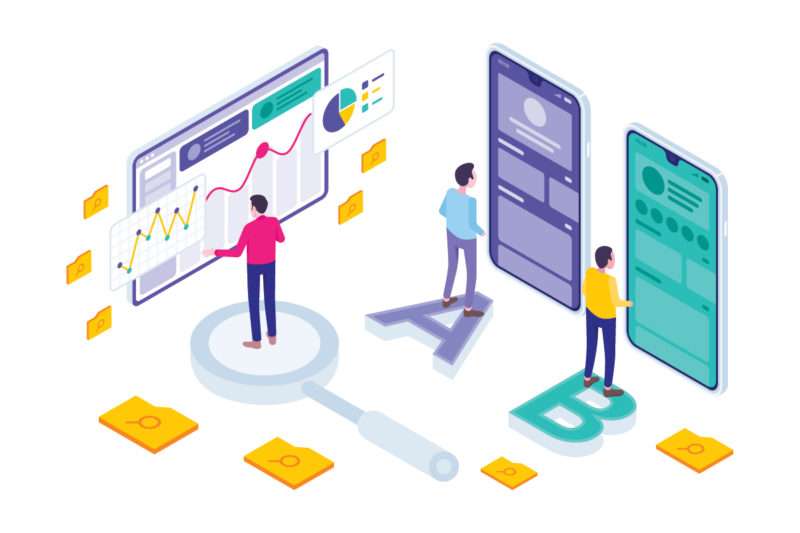
1.3 Leveraging User Ratings and Feedback
In the realm ASO, user ratings and feedback hold significant sway. Beyond download numbers, these elements play a crucial role in shaping your app’s success. Encourage users to provide ratings and feedback, respond to negative comments professionally, and consider user suggestions for app improvements.Consistent enhancements driven by user input not only boost your app’s reputation but also lead to improved rankings, making your app more discoverable.Prioritizing user feedback is key to ASO success.
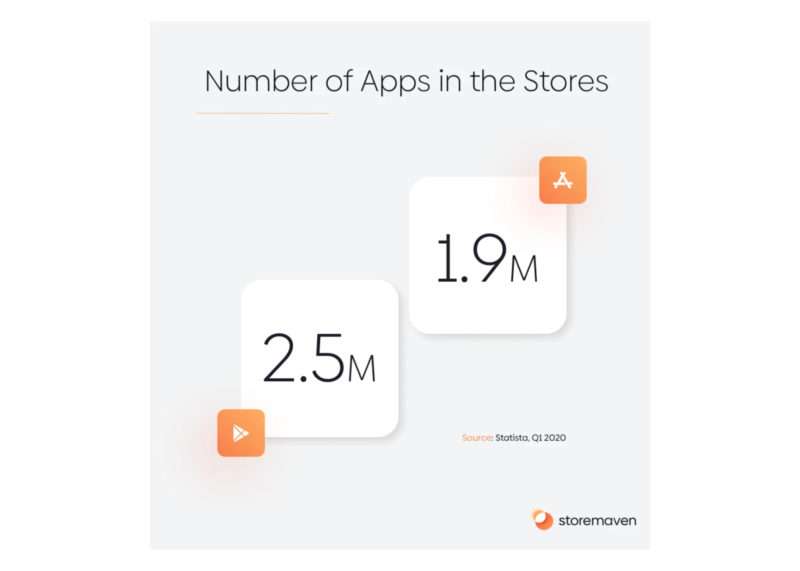
While the above aspects are the most core to your ASO strategy, it should go without saying that those are not the only parts of ASO that should be considered.
This is a whole industry with real tactics and money behind it: the urge to outperform competitors runs deep.
When trying to optimize your ASO, don’t ignore factors like reviews or retention rates.
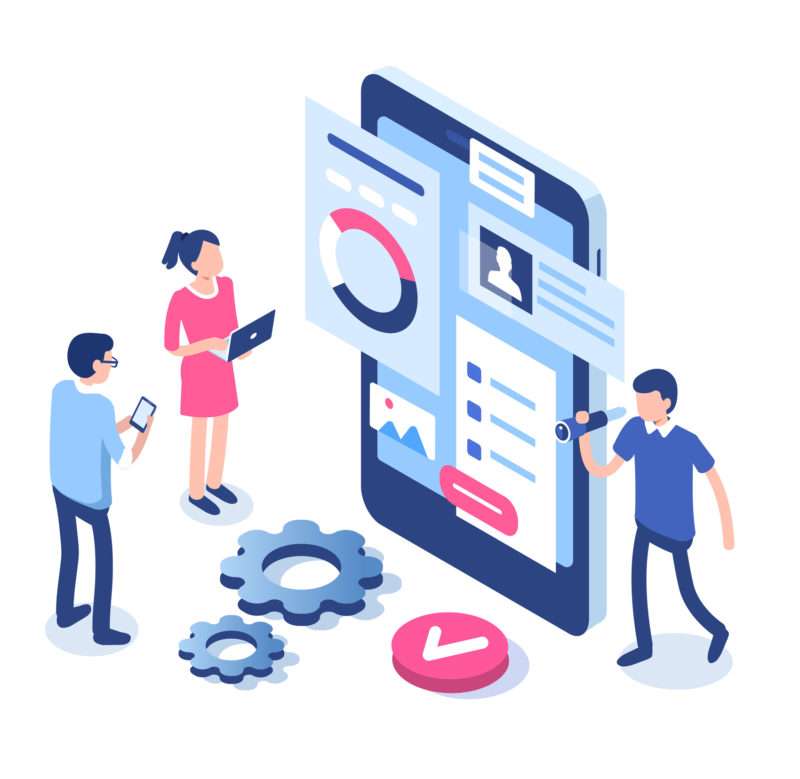
PRO TIP:
Certain things increase user engagement, such as preview videos and screenshots. You should definitely be using and optimizing these as well.
2.1 Harnessing Social Media and Influencer Marketing
In today’s hyper-competitive app market, traditional ASO strategies aren’t going to cut it.
To stand out and succeed, consider broadening your reach through strategic social media engagement and influencer collaboration.
Building a strong social media presence for your app is a vital step.
Establish active and engaging social media profiles across platforms relevant to your target audience.
Share compelling content, updates, and user testimonials.
Actively participate in discussions and use relevant hashtags to connect with your audience.
A robust social media presence not only creates a community around your app but also keeps users engaged and informed.
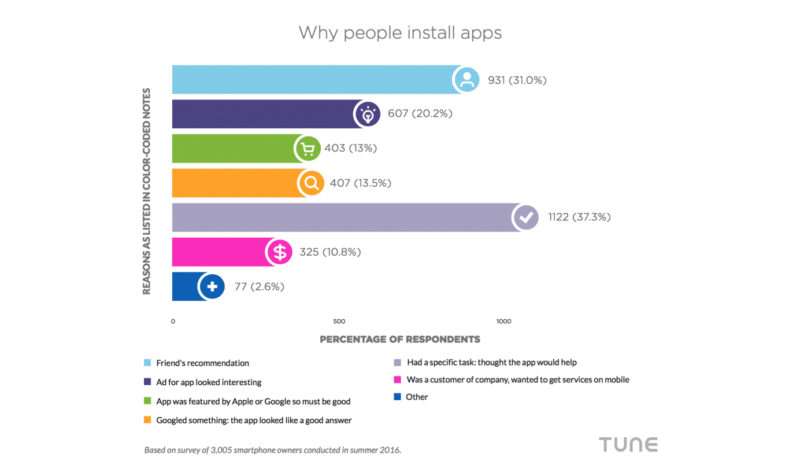
They see a well-reviewed app for something they want or need—say your app—versus a similar app, with worse reviews.
People will almost always pick the app with the better review score.
2.2 Using Retention Rates to Your Advantage
This isn’t quite as important as some of the other ASO factors, but it matters quite a bit nonetheless.
Users that stay engaged and retained mean more profit and engagement with the app in the long-run.
If they continue to use the app and enjoy it, or get some kind of important use out of it, they’re also more likely to recommend it to others.
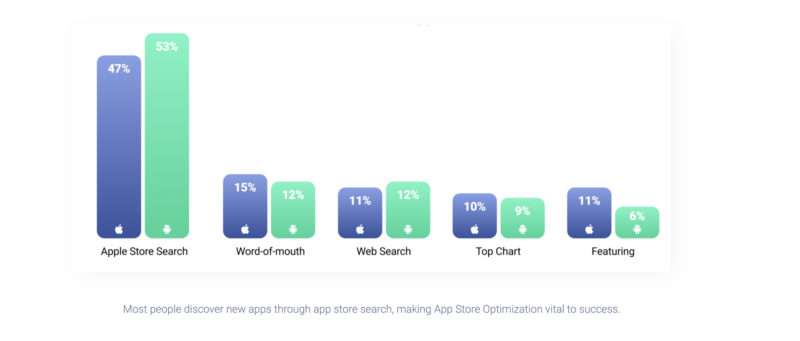
Photo Credit: splitmetrics.com
Word of mouth is a powerful advertising tool.
While it’s a bit more difficult to increase retention rates than some other statistics, updating your app on a consistent basis, avoiding bugs and crashes, and responding to user concerns will do a lot in order to increase your retention rates—and by relation, your ASO.
2.3 ASO Increases Through User Engagement
You can also experience a fair increase of your ASO through user engagement.
Though this might seem like a simple thing, these kinds of tactics tend to have a big effect on how users treat and deal with an app.
This also affects their behavior in terms of whether they will even download an app at all.
When planning how you’re going to present your app, make sure you create a preview video that shows your app in the best possible light.
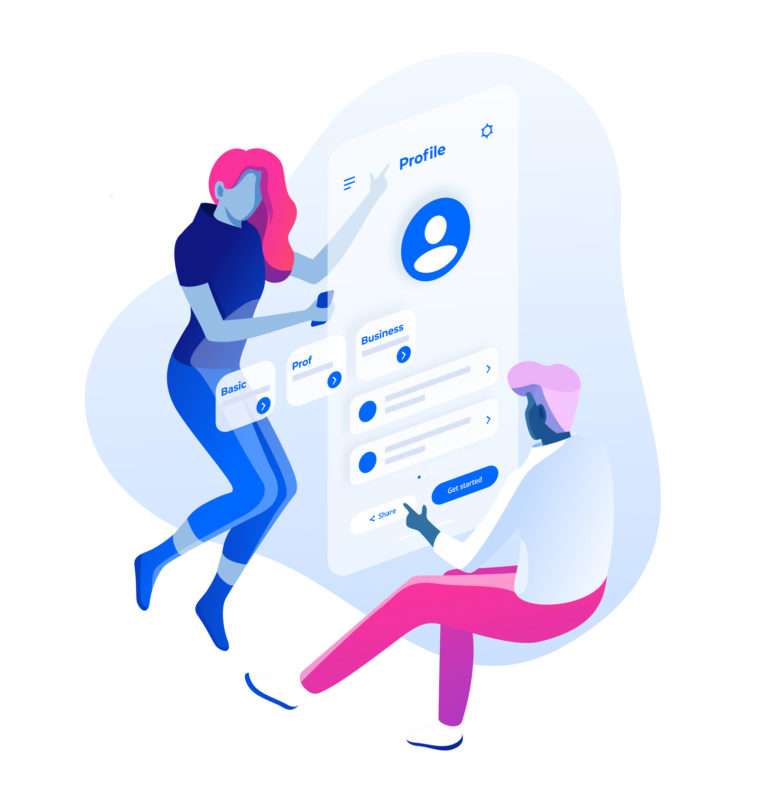
You’ll want to show off all of the best features of your app while also limiting any negative aspects, of course.
Screenshots should be used the same way: it makes sense to show off niche features or other major aspects of the app that people are looking for.
If it’s a fitness app, show off efficiency and features! If it’s a game, show off the most interesting aspects.
Remember, you want to draw people in with this stuff. This kind of engagement raises your ASO and increases the amount of attention that your app receives.
With some of the biggest aspects of ASO covered, another important part we should cover is the differences between the Google Play Store and the Apple App Store.
Many people may be developing apps for one or the other, and they work off of slightly different rules.
These variations, whether big or small, really matter if you’re trying to get every edge that you can over your competitors.
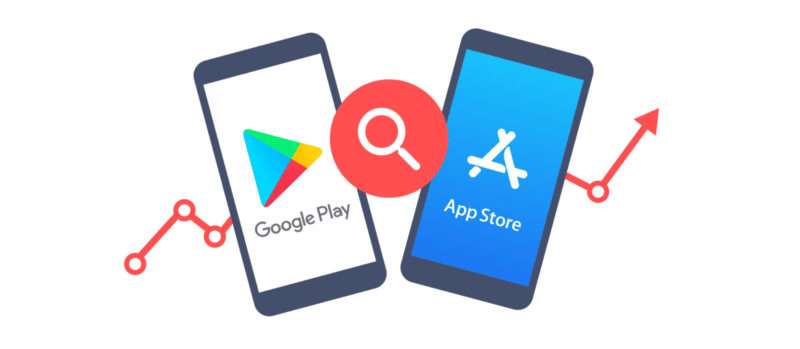
Photo Credit: shoutem.com
3.1 Apple Store Gets More Sales
One major advantage that the Apple App Store has is that it gets more sales.
It has more raw revenue and currency flowing through it, in other words.
While Android has been growing for years (more on that below), Apple has nearly doubled the revenue.
If you plan on trying to maximize the profit from your app before looking at anything else, the Apple App Store is a great option solely for that reason.
However, there’s obviously more than pure profit when it comes to developing apps.
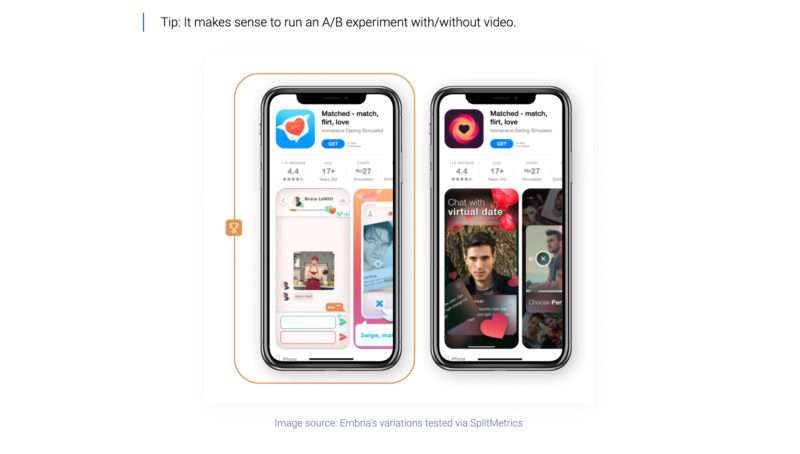
3.2 Google Play Store Has More Growth
While the Apple App Store may have more raw sales, the Google Play Store has been growing by leaps and bounds in the past few years.
It may take some more time for them to catch up, but in the long run, it’s possible that the Google Play Store could be larger.
Why does that matter now?
While it’s true that you could get bigger short term profits from the Apple App Store, if you were interested in long-term growth and investment, the Google Play Store may be the better choice.
And as always, it’s important to consider all of these types of factors when you’re developing your app.

3.3 Apple App Store Has Higher Quality Apps
While Google Play Store may have more apps, the Apple App Store tends to have higher quality ones.
Why?
Mostly because the process for checking and actually submitting an app for download or purchase on the Apple App store is much more thorough and difficult.
This of course results in a certain level of quality being placed over all of the apps in general, which helps when you’re trying to weed out apps that have various issues or apps that are extremely low quality.
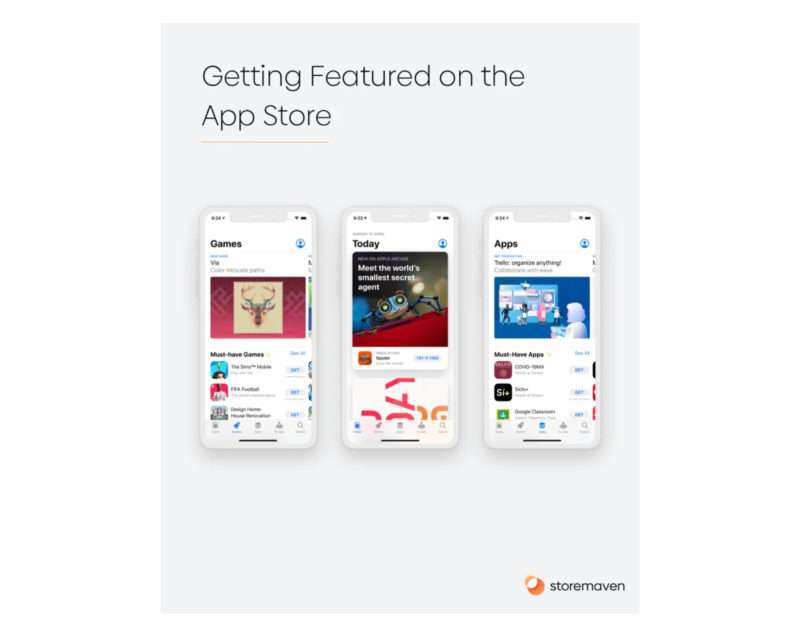
3.4 Google Play Store Has More Apps and More Free Apps
Lastly, one of the other major aspects that makes the Google Play Store and the Apple App Store different is the number of apps.
The Google Play Store has more apps in general because it’s far easier to get them accepted and actually listed—and it also has more free apps that don’t require any kind of upfront payment.
This may not seem like a direct boon for those seeking to get the best possible performance out of their app, but depending on the kind of app you have, for example, it may be better to attempt to put it on the Apple App Store if there was less competition there.
At other times, the reverse may be true, and the Google Play Store may have been the better option.

As you can gather by now, app store optimization is absolutely crucial for success.
Other aspects, like marketing, functionality, and features, will only take your app so far.
Just remember, ASO is an entire field unto itself. There’s a ton to know about optimizing an app for Google Play or other app stores so that your app can rank as high as possible.
It also requires a deep understanding of your target audience, A/B testing, keyword research, and so much more.
Let us help get your app there with our Simple Starter package. This includes not only a technical writeup of your mobile app ideas, but wireframes and research analysis.
What resources have helped you optimize your app in the past?




